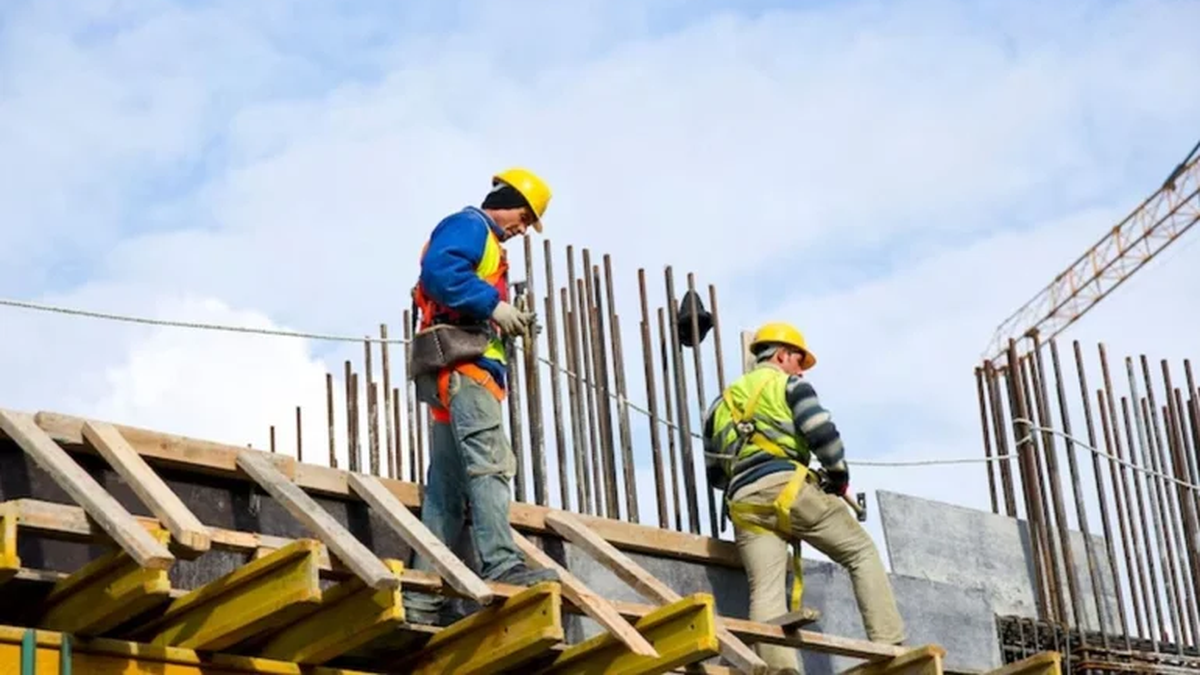They also revealed that 73.9% of companies that mainly carry out private works expects the level of activity of the sector will not change for the next three months.
He Synthetic indicator of construction activity (ISAC) It contracted 4.1% compared to February, the INDEC. Despite this, at the year -on -year level, it presented an improvement of 15.8% compared to the same month of 2024. The accumulated of the first quarter rises 5.6% compared to the same period of last year.
The content you want to access is exclusive to subscribers.
They also revealed that 73.9% of companies that mainly carry out private works foresee that the level of activity of the sector will not change over the next three months, while 14.0% estimate that it will increase and 12.1% that will decrease. Among the companies dedicated fundamentally to public works, 55.3% believe that the level of activity will not change during the April-June period of 2025, while 24.3% believe it will increase and 20.4% that will decrease.


Inputs: What data does the March index leave us
The consumption data of the Inputs For the construction In March they showed, in relation to the same month of the previous year, 66.5% rises in asphalt; 62.6% in plasterboard; 26.3% in cales; 21.1% in construction paints; 19.2% in prepared concrete; 18.2% in ceramic sanitary items; 18.2% in plaster; 17.9% in round iron and steels for construction; 16.7% in Portland cement; 15.6% in hollow bricks; 8.1% in floors and ceramic coatings; and 6.0% in the rest of the inputs (includes taps, steel tubes and construction glass).
Meanwhile, a decrease of 4.7% was observed in granitic and calcareous mosaics.
For its part, if the accumulated variations are analyzed during the first quarter of 2025 as a whole in relation to the same period of the previous year, 81.8% rises are observed in asphalt; 16.8% in plasterboard; 12.6% in floors and ceramic coatings; 12.4% in cales; 11.5% in prepared concrete; 11.2% in construction paints; 10.6% in Portland cement; 10.1% in plaster; 8.8% in hollow bricks; 8.8% in round iron and steels for construction; and 6.8% in ceramic sanitary items. Meanwhile, 18.8% are observed in granitic and calcareous mosaics; and 15.4% in the rest of the inputs (it includes taps, seamless steel tubes and construction glass).
Source: Ambito




